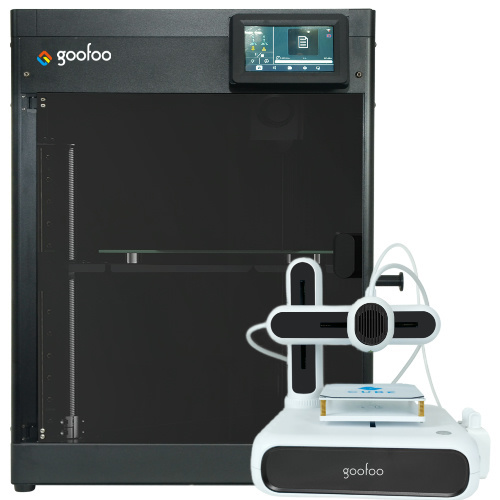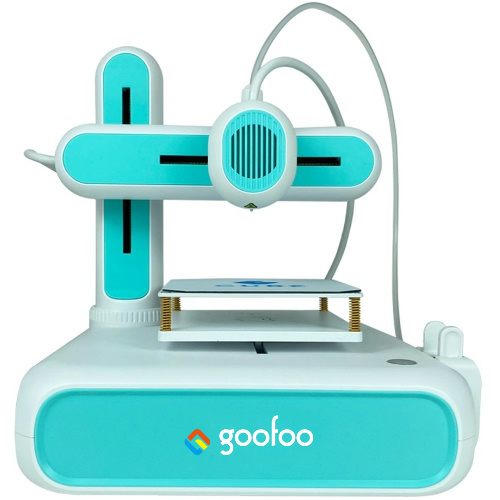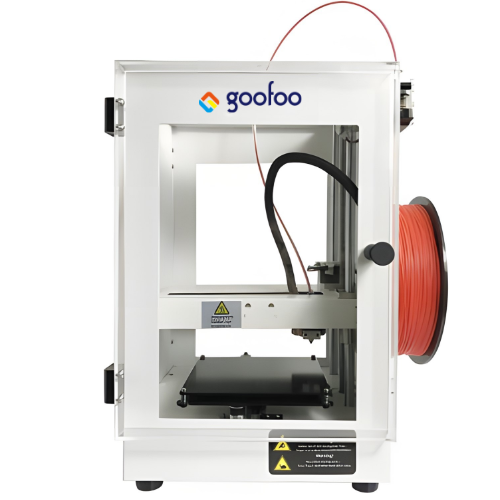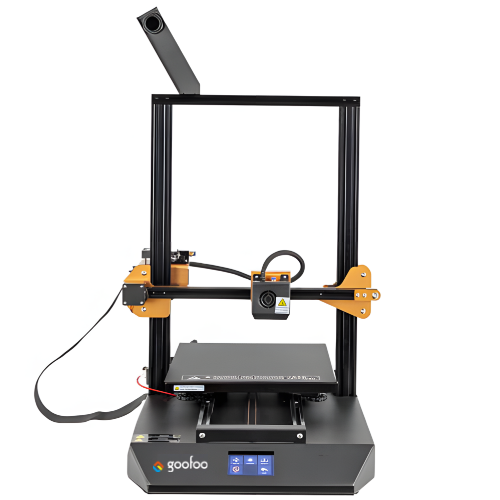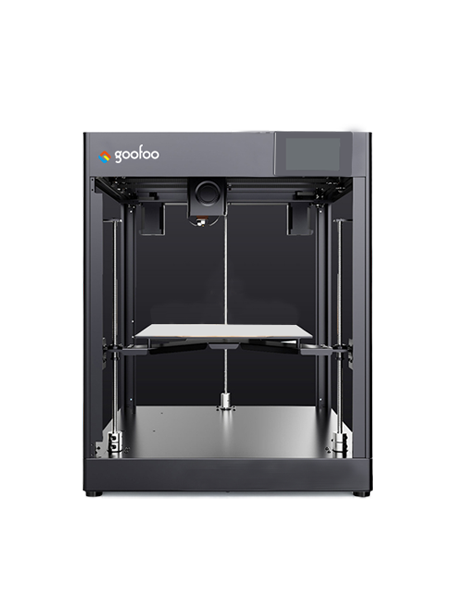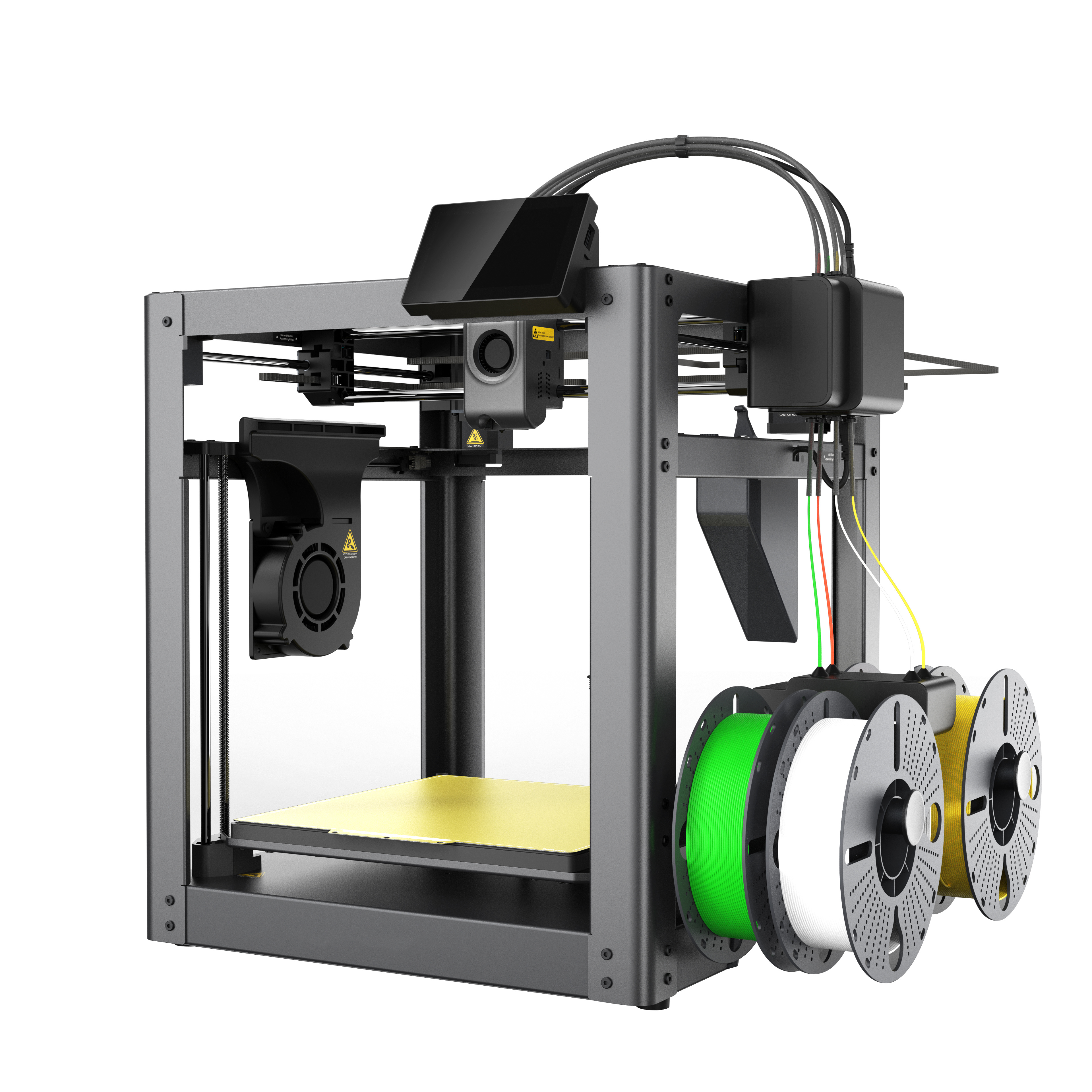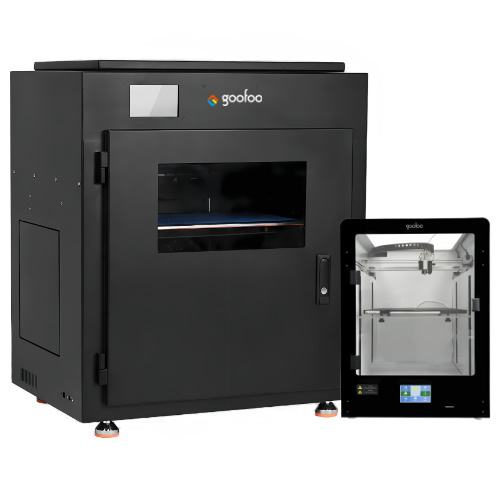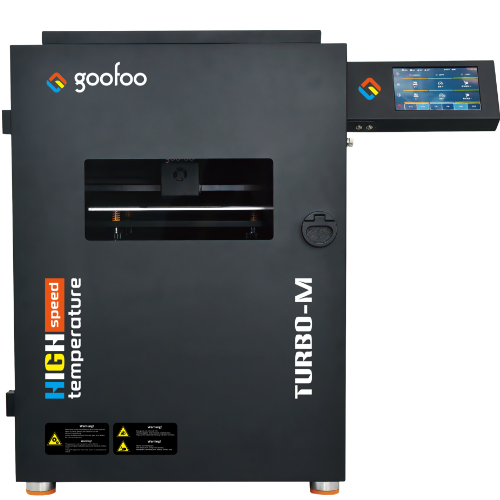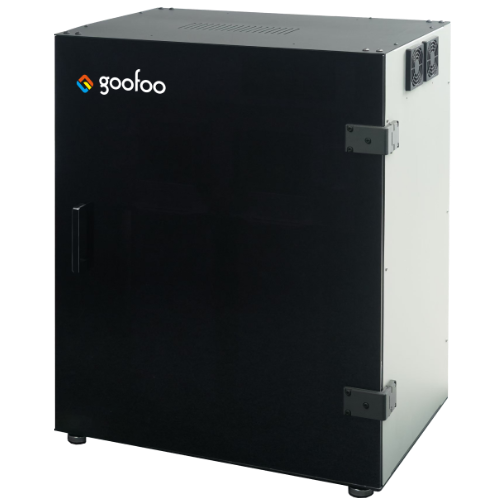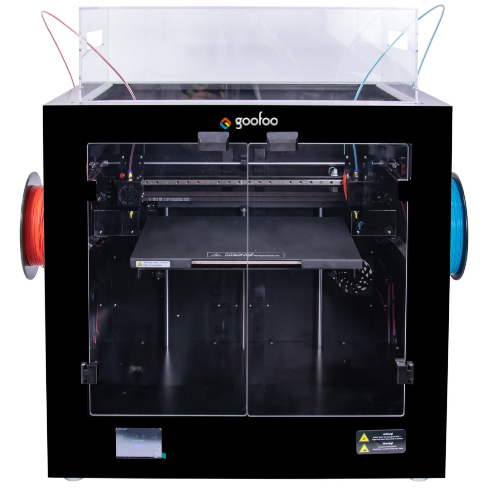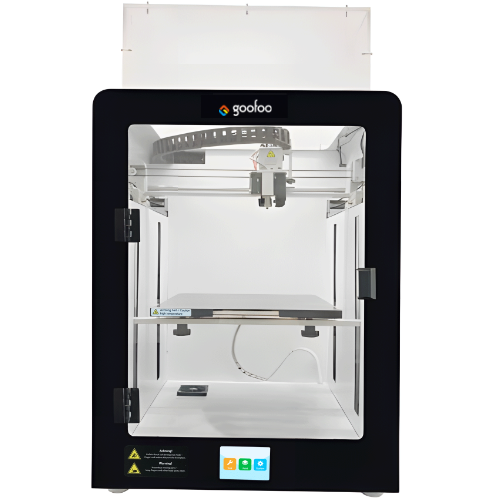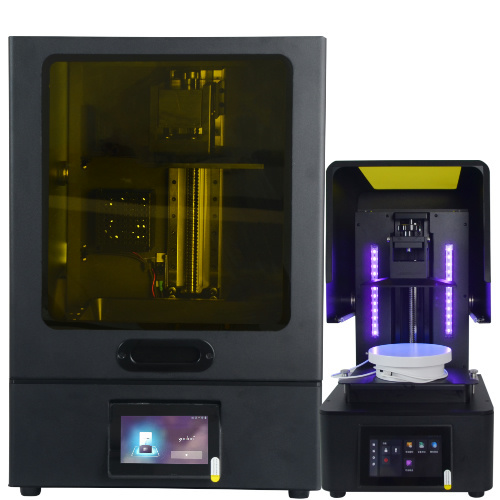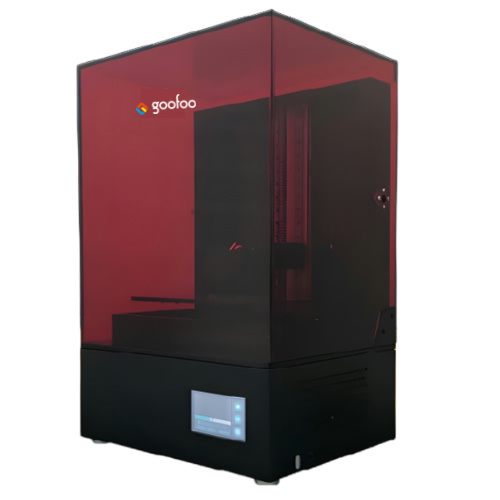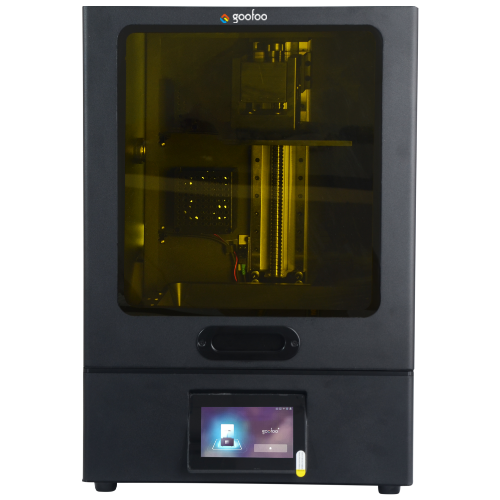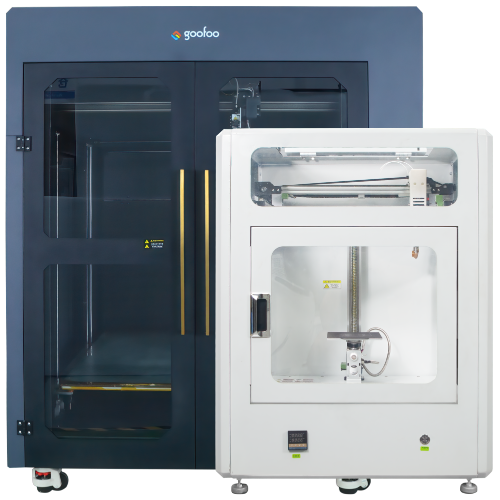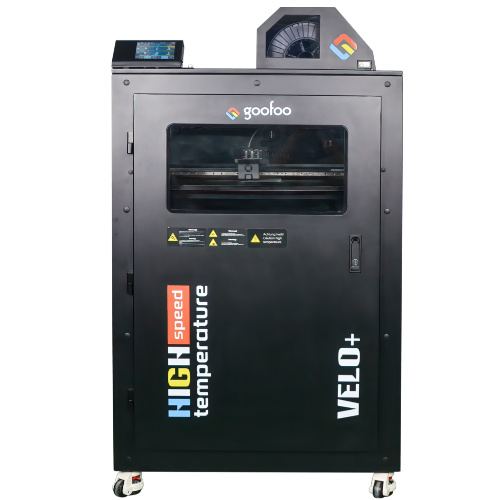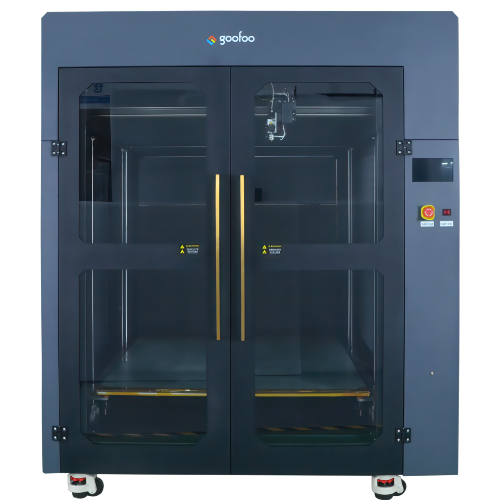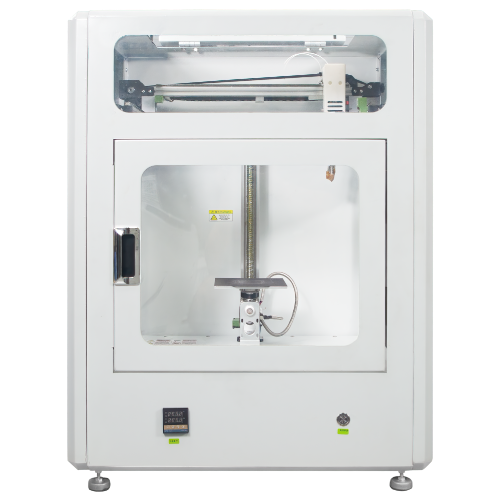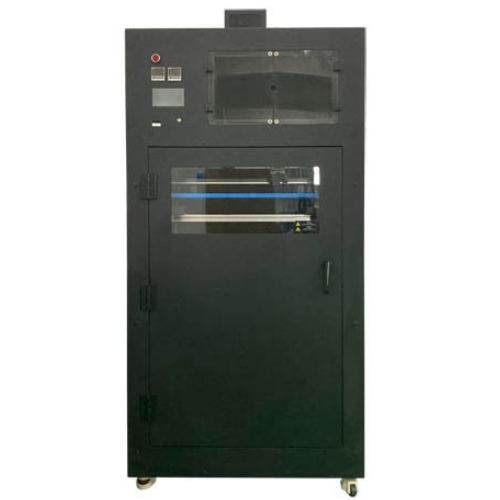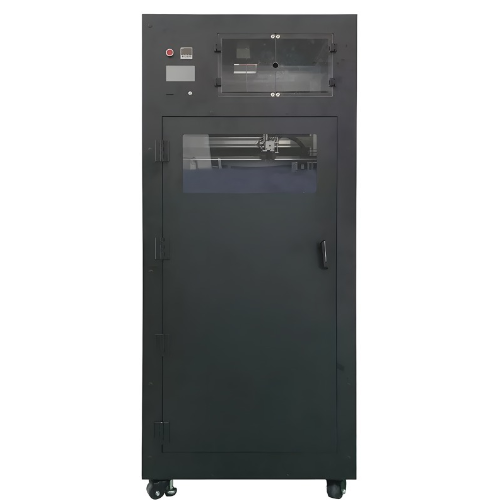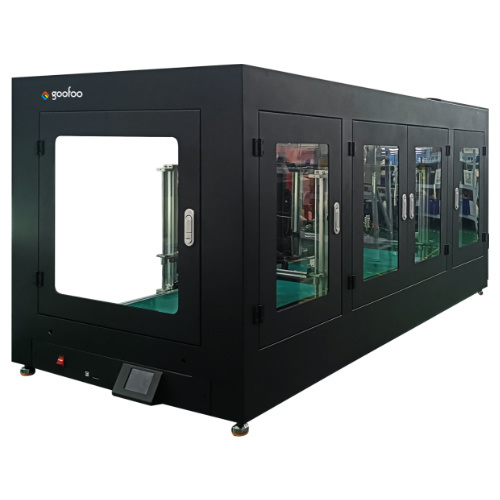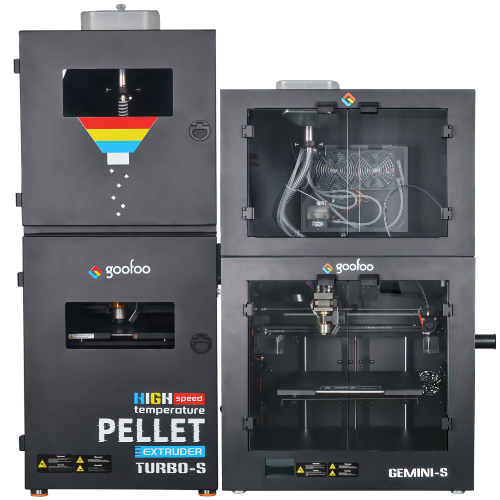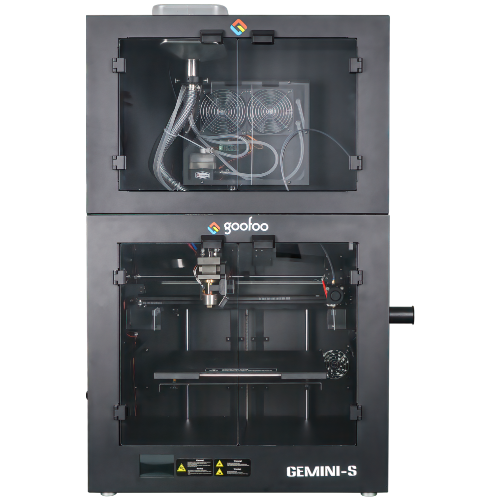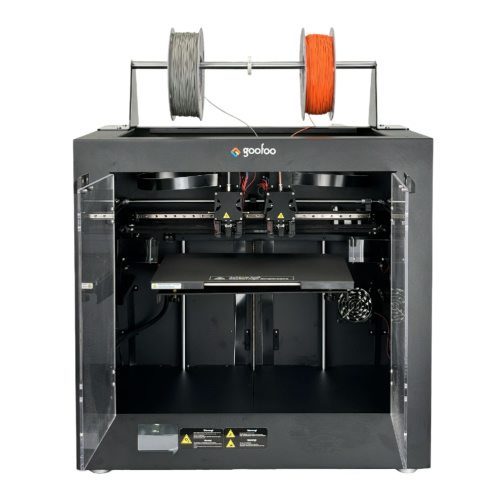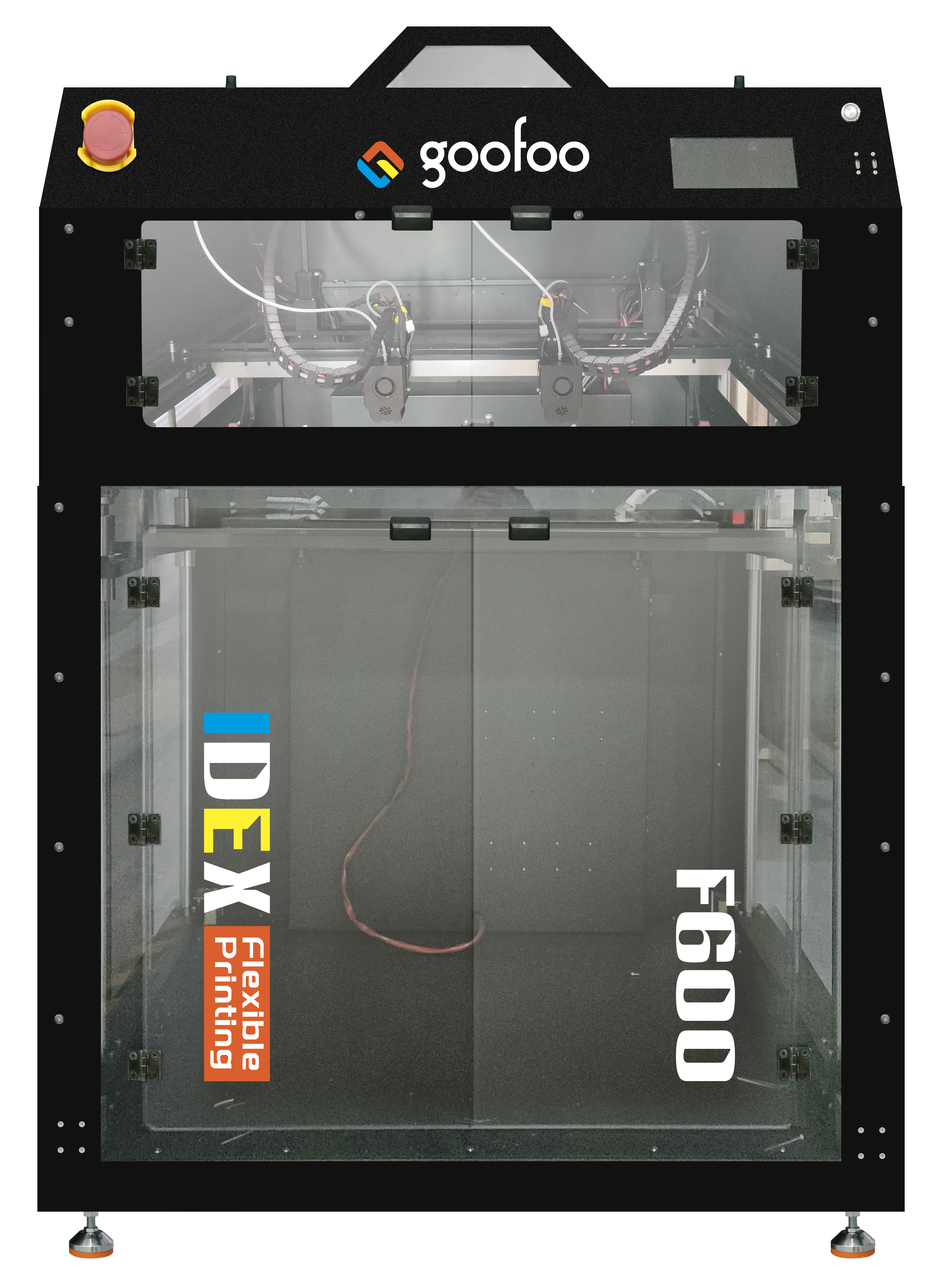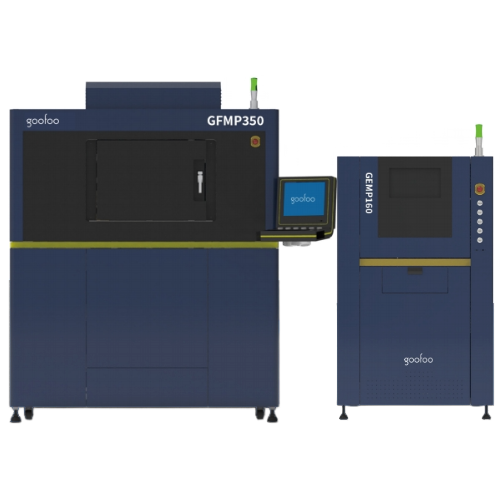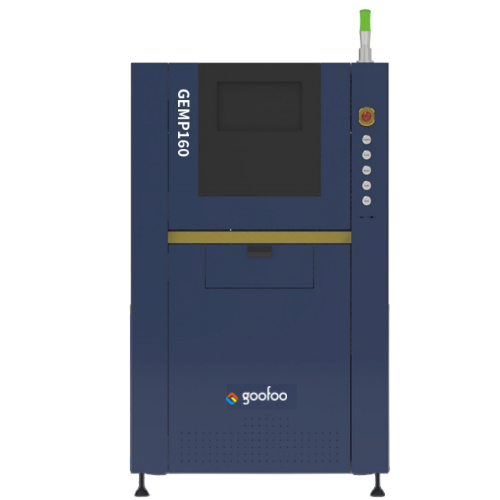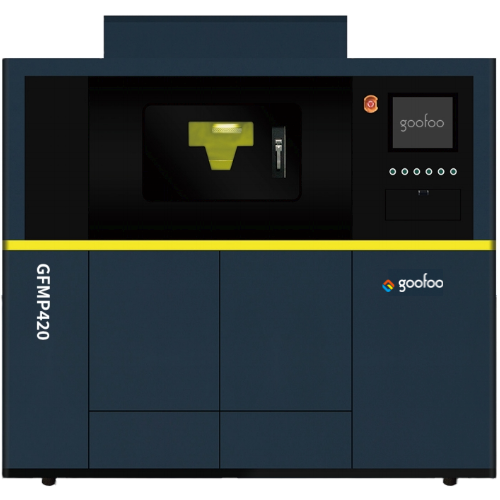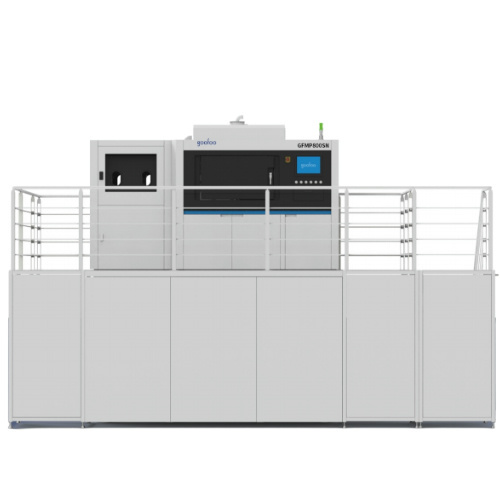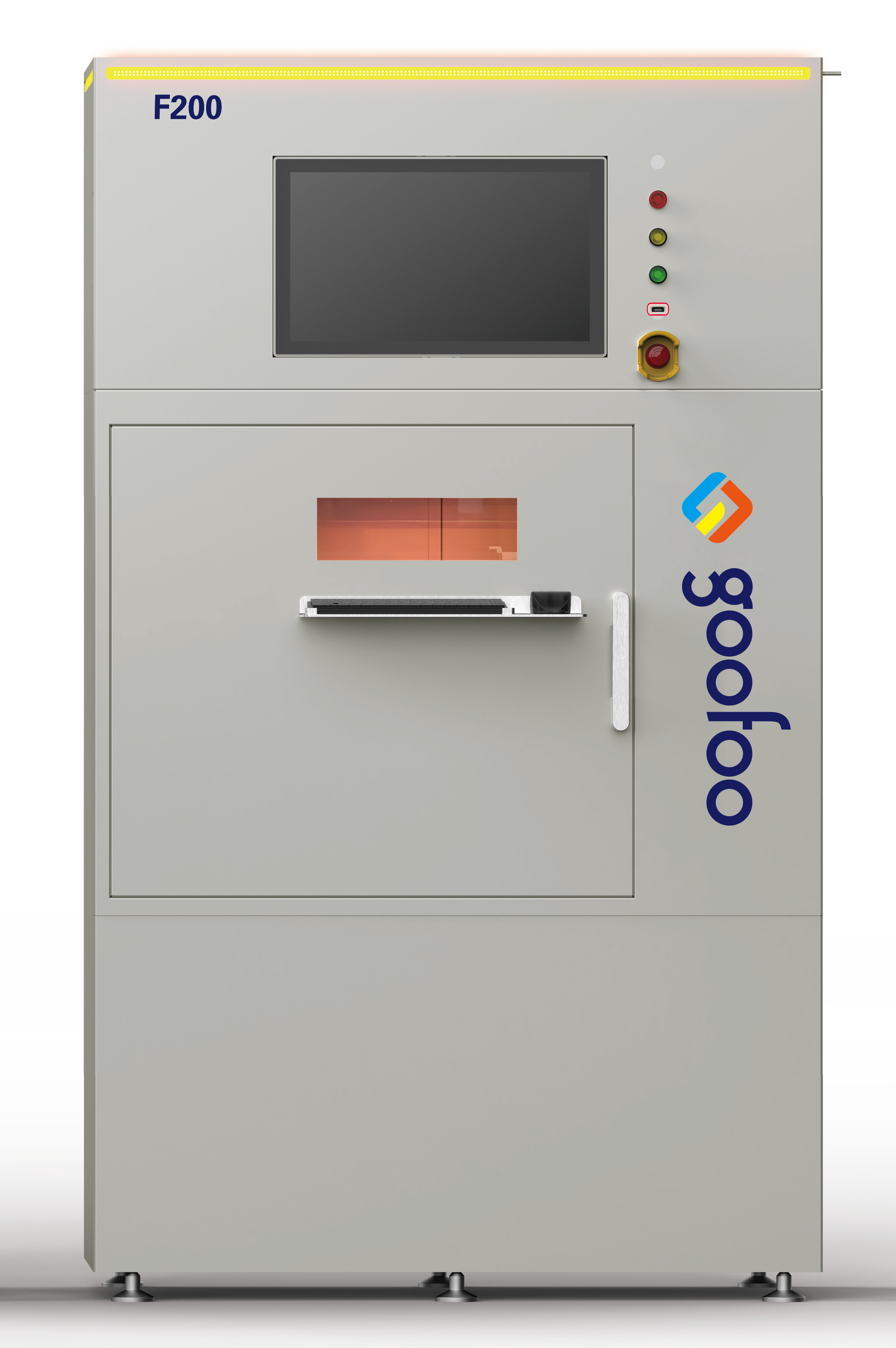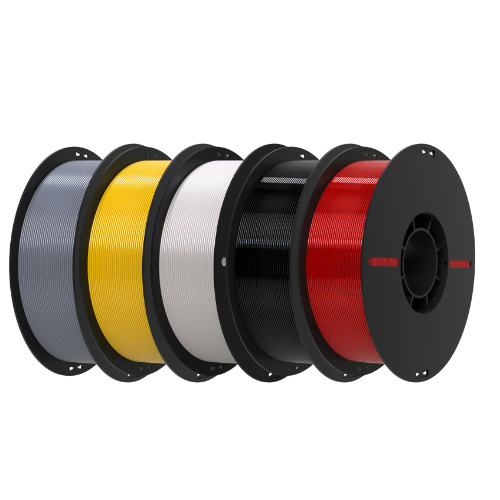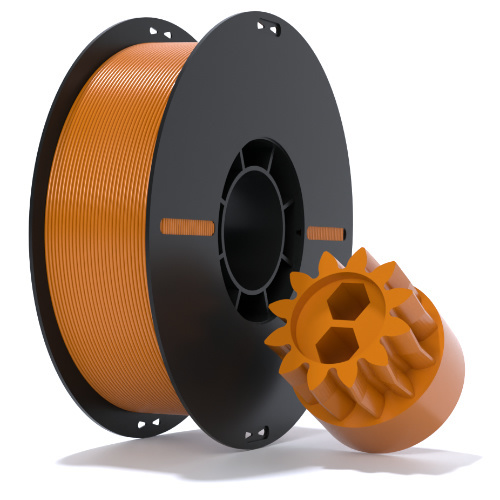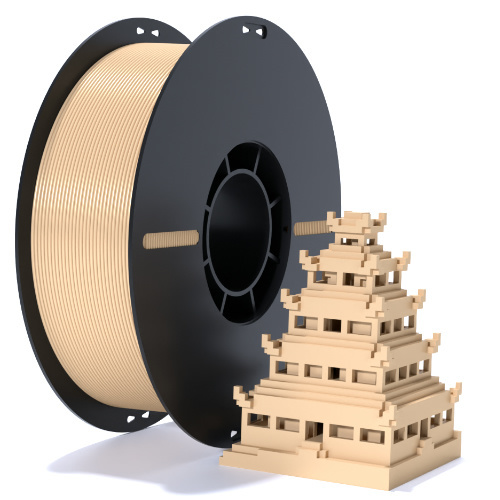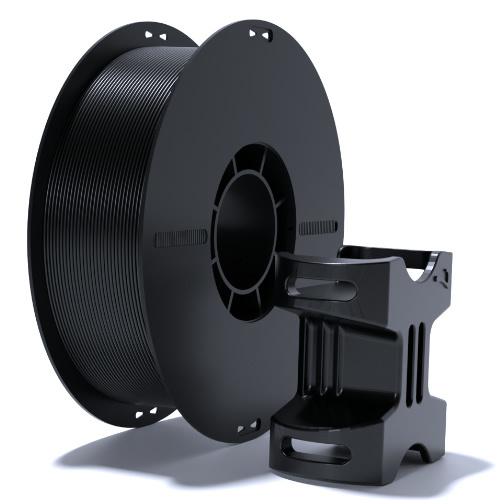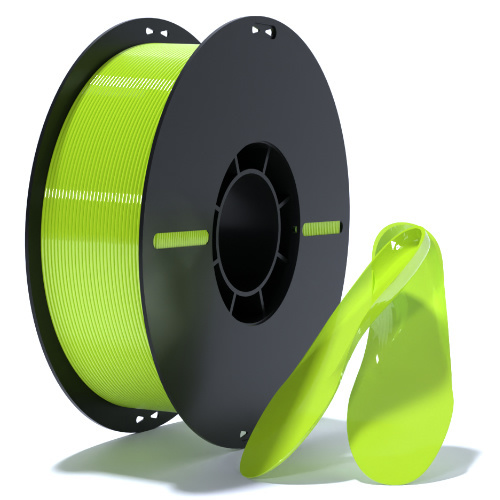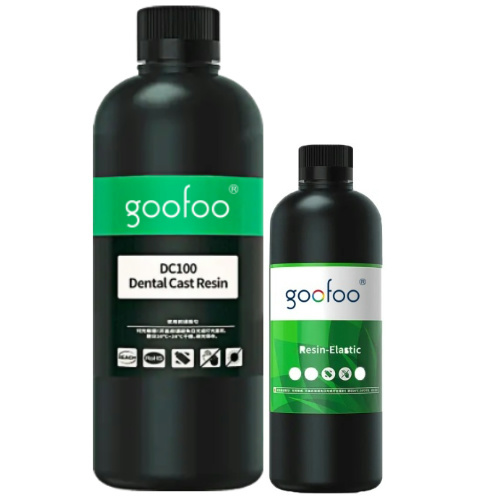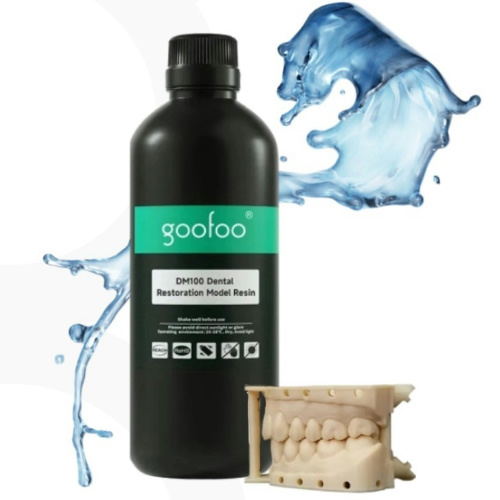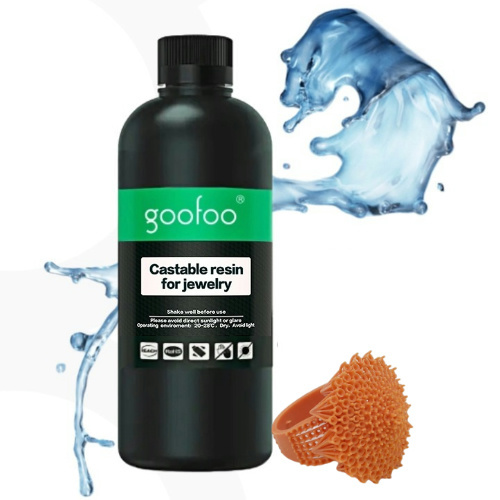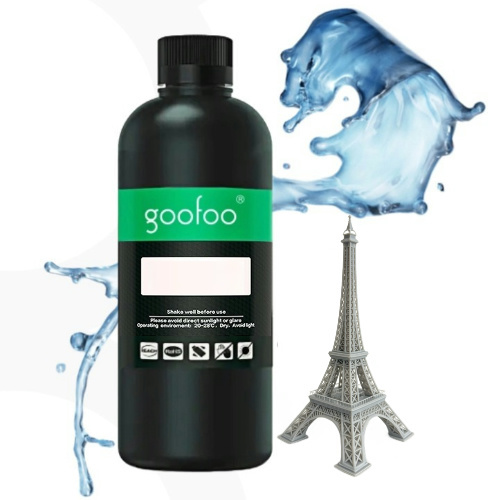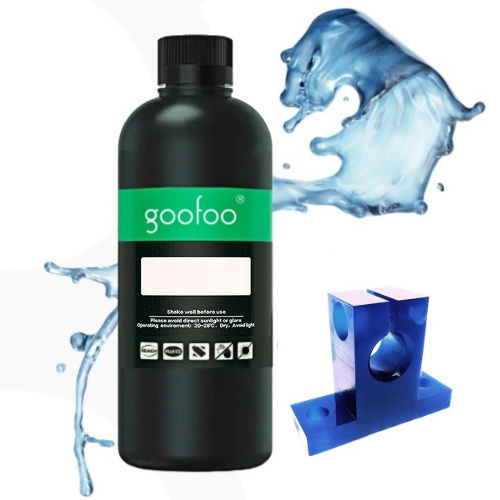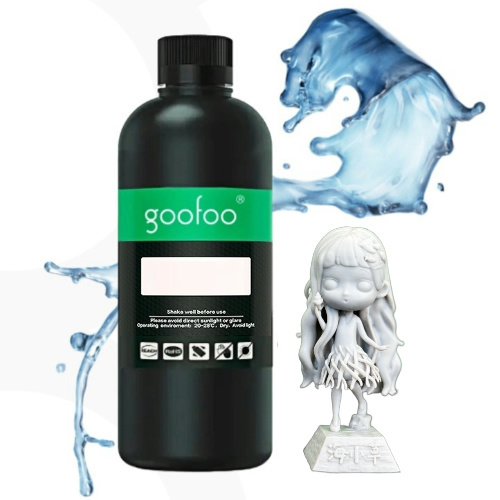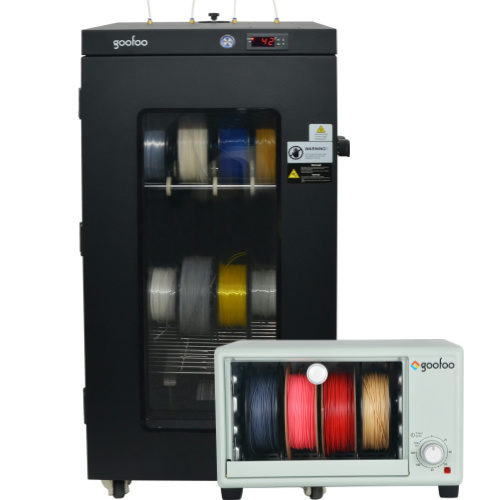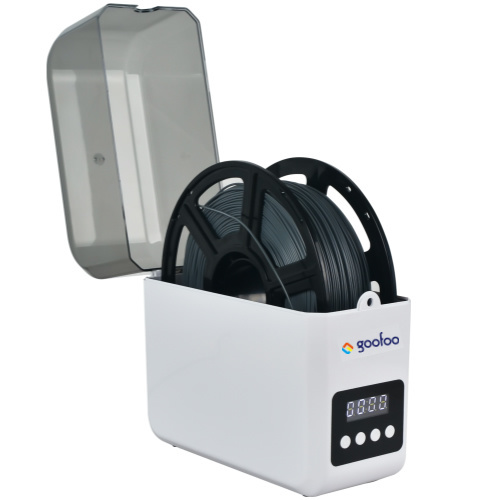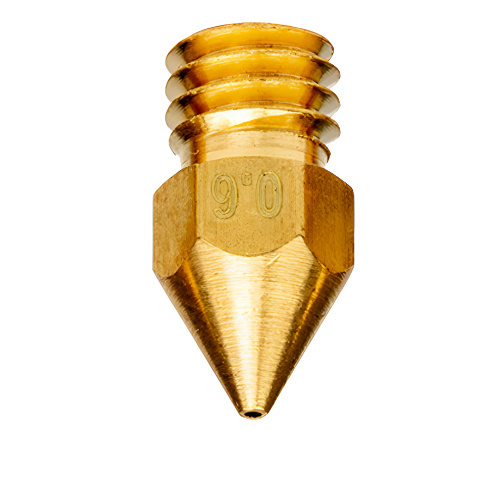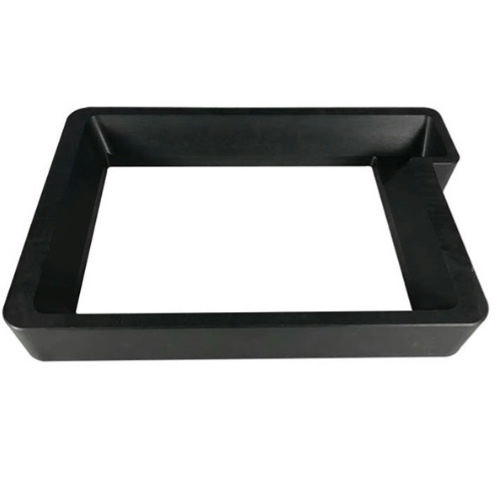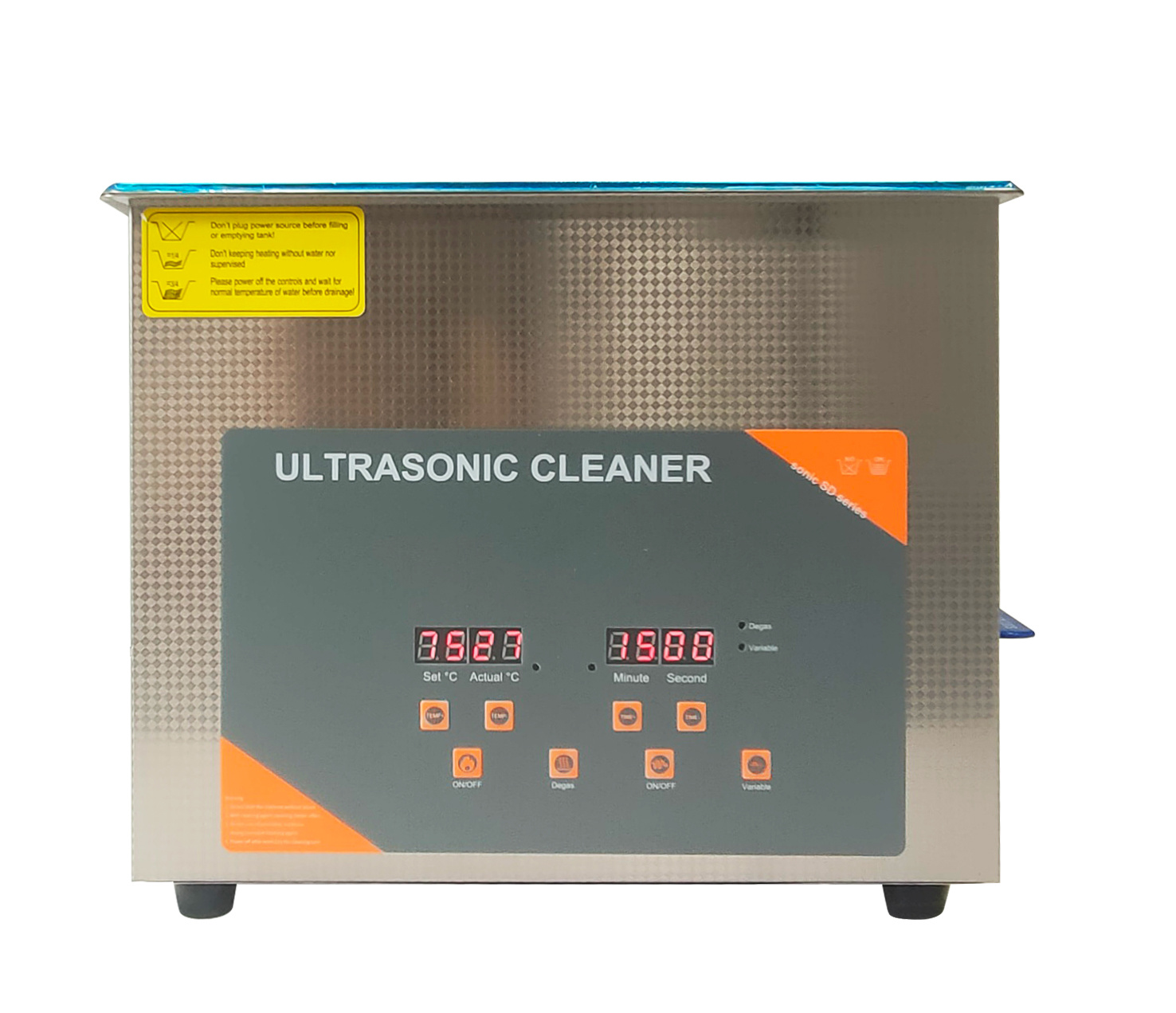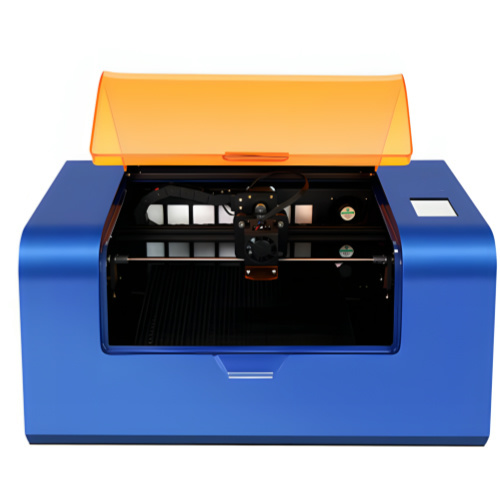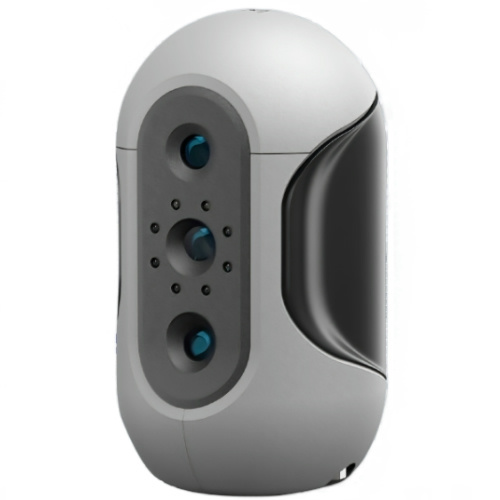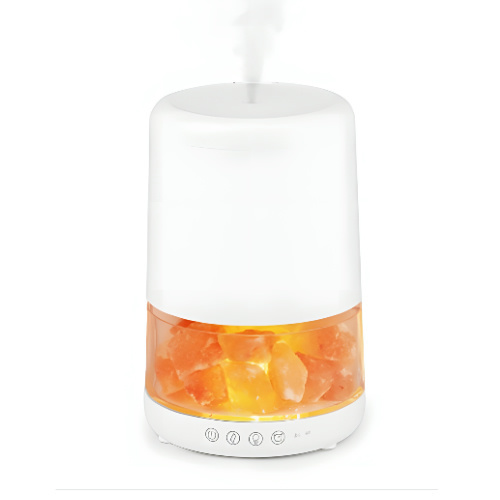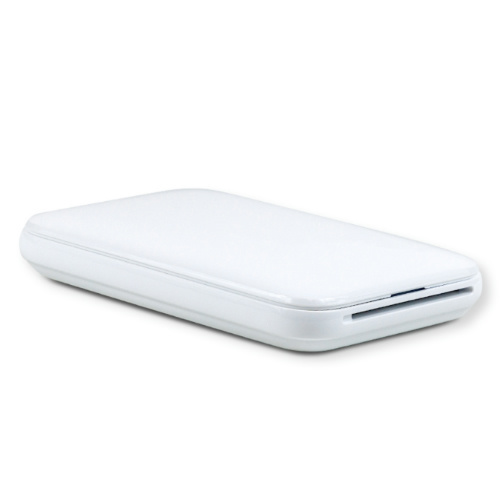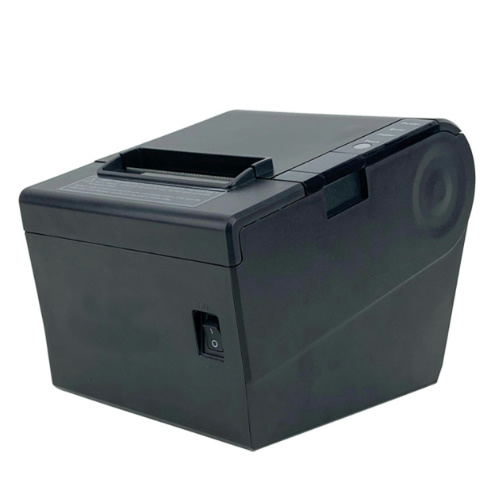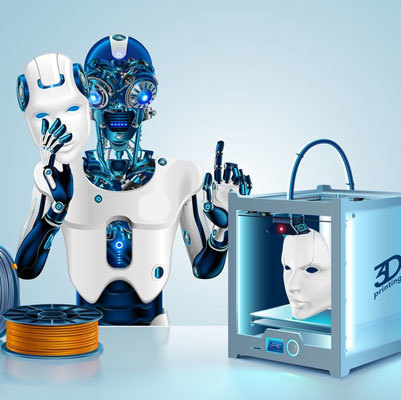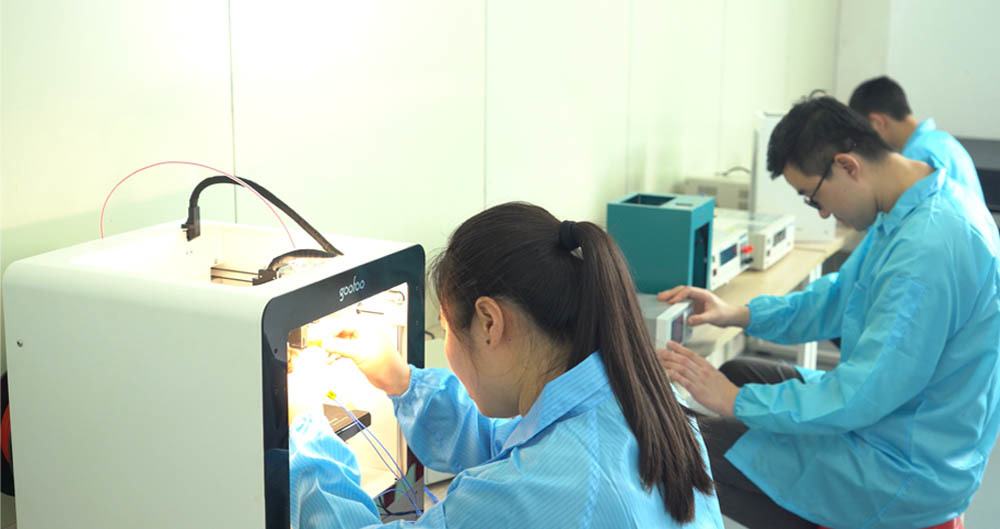All Categories
Exploring the Advantages and Applications of 3D Printers with Resin
2025-10-31 11:50
3D printers have revolutionized the manufacturing landscape, and among the various types available, resin-based 3D printers stand out for their precision and versatility. Unlike traditional filament printers, resin printers utilize a liquid photopolymer resin that hardens when exposed to a specific light source, typically UV light. This process, known as stereolithography (SLA), allows for incredibly detailed prints, making it an ideal choice for professionals in fields such as engineering, design, and prototyping.
One of the foremost advantages of a 3D printer with resin is the exceptional print quality it can achieve. The high resolution allows for intricate details and smooth surfaces, which are often necessary for applications like jewelry design, dental modeling, and miniatures for gaming. The layer thickness in resin printing can be considerably thinner than that of filament printing, resulting in finer details that can enhance the overall aesthetic and functional quality of the printed object.
Moreover, resin printers have a faster print speed than traditional methods when it comes to creating high-quality parts. While the initial setup may require careful calibration and a learning curve related to resin handling and post-processing, the output efficiency can be remarkable. For professionals looking to produce prototypes or models quickly, a 3D printer with resin may provide the swift turnaround necessary in a competitive market.
However, it's essential to consider the materials involved in resin printing. Resins can vary widely in terms of their properties, such as flexibility, durability, and temperature resistance. This variability allows users to choose a resin that perfectly fits their project requirements, whether that be for creating flexible prototypes or rigid components. Understanding the different types of resins available can help professionals select the right material for their specific needs.
Another critical aspect to consider is post-processing. After printing, resin parts often require cleaning and curing to achieve optimal strength and finish. This process may involve using isopropyl alcohol for cleaning and exposing the print to UV light for curing. While this adds additional steps to the workflow, the resulting quality often justifies the effort, making it a worthwhile consideration for serious projects.
In conclusion, a 3D printer with resin represents a significant technological advancement that offers numerous benefits for professionals in various industries. From exceptional detail and print quality to rapid production capabilities and material versatility, resin printers are poised to play a vital role in the future of digital manufacturing. By understanding the intricacies of this technology, professionals can harness its power to drive innovation and elevate their projects to new heights.
One of the foremost advantages of a 3D printer with resin is the exceptional print quality it can achieve. The high resolution allows for intricate details and smooth surfaces, which are often necessary for applications like jewelry design, dental modeling, and miniatures for gaming. The layer thickness in resin printing can be considerably thinner than that of filament printing, resulting in finer details that can enhance the overall aesthetic and functional quality of the printed object.
Moreover, resin printers have a faster print speed than traditional methods when it comes to creating high-quality parts. While the initial setup may require careful calibration and a learning curve related to resin handling and post-processing, the output efficiency can be remarkable. For professionals looking to produce prototypes or models quickly, a 3D printer with resin may provide the swift turnaround necessary in a competitive market.
However, it's essential to consider the materials involved in resin printing. Resins can vary widely in terms of their properties, such as flexibility, durability, and temperature resistance. This variability allows users to choose a resin that perfectly fits their project requirements, whether that be for creating flexible prototypes or rigid components. Understanding the different types of resins available can help professionals select the right material for their specific needs.
Another critical aspect to consider is post-processing. After printing, resin parts often require cleaning and curing to achieve optimal strength and finish. This process may involve using isopropyl alcohol for cleaning and exposing the print to UV light for curing. While this adds additional steps to the workflow, the resulting quality often justifies the effort, making it a worthwhile consideration for serious projects.
In conclusion, a 3D printer with resin represents a significant technological advancement that offers numerous benefits for professionals in various industries. From exceptional detail and print quality to rapid production capabilities and material versatility, resin printers are poised to play a vital role in the future of digital manufacturing. By understanding the intricacies of this technology, professionals can harness its power to drive innovation and elevate their projects to new heights.
3d printer with resin
Recommended News
language
English
العربية
বাংলাদেশ
Български
Hrvatski
Česky
Dansk
Nederland
 Esperanto
Esperanto
Slovenski
Filipino
Suomi
Français
Maori
 Shqiptare
Shqiptare
Georgian
 Euskara
Euskara
Deutsch
Ελλάδα
ישראל
इंडिया
Magyarország
Ísland
Indonesia
Irlanda
Italia
日本語
Sovensko
Հայաստան
한국
Kyrgyz
ປະເທດລາວ
 Zulu
Zulu
Latvian
Lithuanian
Luxembourgish
 Latinus
Latinus
Macedonian
Малайская
Maltese
Монгол улс
 Cymraeg
Cymraeg
ဗမာ
 தமிழ்
தமிழ்
नेपाल
Norge
ایران
Polska
Portugal
România
Российская
Србија
 Slovak
Slovak
Србија
 Slovak
Slovak
Bosanski
Slovenian
Беларус
España
Sverige
Точик
ประเทศไทย
Türk
Azərbaycan
Uzbek
 Afrikaans
Afrikaans
Việt Nam
Skype / WhatsApp: +86 592-5713513 / +86-13860126490
No.88-3, North Tongji Road, Xike County, Tong'an District, Xiamen, Fujian China
Xiamen Goofoo Technology Co., Ltd. All Rights Reserved 闽ICP备2022008070号-1 SEO 300.cn
Phone:+0086 592-5713513
Address: No.88-3, North Tongji Road, Xike County, Tong’an District, Xiamen, Fujian China
Email: sales@goofoo3d.com
We will give you feedback in time

